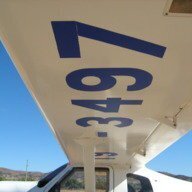-
Posts
3,477 -
Joined
-
Last visited
-
Days Won
19

Bruce Tuncks replied to RFguy's topic in Engines and Props

Bruce Tuncks replied to RFguy's topic in Engines and Props

Bruce Tuncks replied to RFguy's topic in Engines and Props

Bruce Tuncks replied to SSCBD's topic in AUS/NZ General Discussion

Bruce Tuncks replied to Old Koreelah's topic in Engines and Props

Bruce Tuncks replied to Old Koreelah's topic in Engines and Props

Bruce Tuncks replied to SSCBD's topic in AUS/NZ General Discussion

